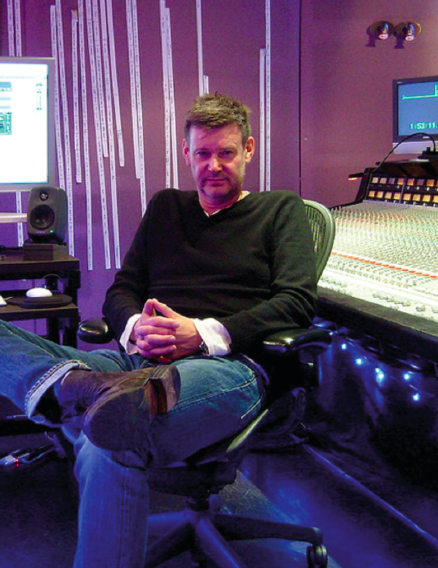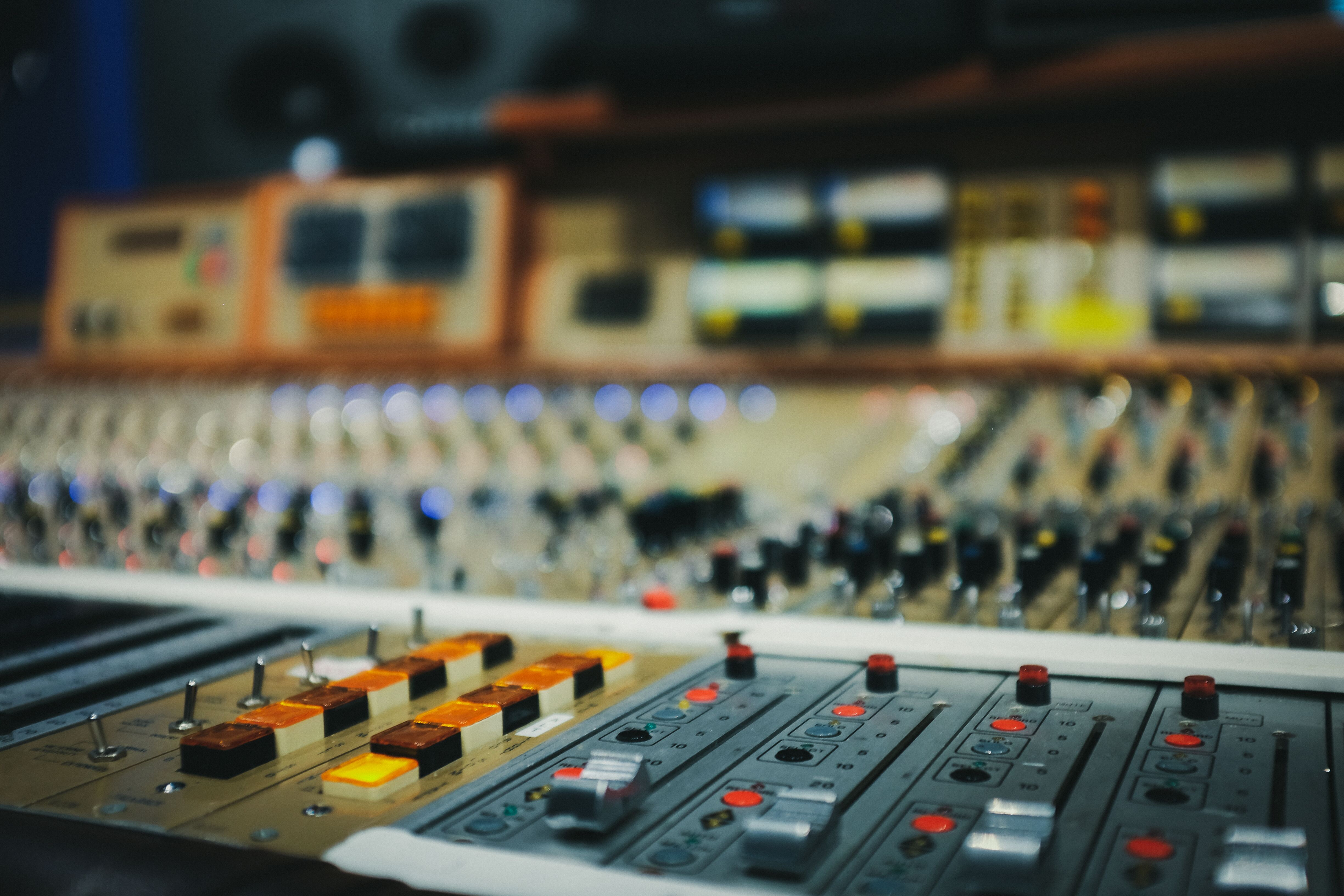Miloco has officially taken over Assault & Battery studio 2 in London, which until recently was owned by legendary record producers and mix engineers, Alan Moulder and Flood. Although they’re not completely severing ties with the recording space, as Headliner discovers...
Even the most experienced producers and engineers have to take a moment when they meet their idols. Despite having worked with The Killers, Nine Inch Nails, Queens of the Stone Age, Two Door Cinema Club, Royal Blood, Foo Fighters and Arctic Monkeys, that was exactly the case for record producer, mixing engineer, and audio engineer, Alan Moulder when he got a call from Jimmy Page.
“We mixed Celebration Day, which was Led Zeppelin's live album, and being a childhood massive fan of them and getting a phone call from Jimmy Page...I had to sit down for a while after that! Mixing Kashmir on a Friday afternoon was pretty good, and getting Jimmy Page to okay my Stairway to Heaven mix – that was pretty okay,” Moulder grins.
Moulder is speaking to Headliner at Miloco’s Assault & Battery 2. As of March 2020, Miloco are the proud, exclusive managers of the legendary Assault & Battery 2 studio in Willesden, London. Although still owned by Flood and Moulder, the studio will now be fully available for commercial bookings via Miloco.
Assault & Battery 2 started out as Studio 3 of the illustrious Morgan Studios back in the 1960s. The likes of Pink Floyd, Led Zeppelin, Paul McCartney, Black Sabbath and The Cure were some of its clients. In 1975, studios 3 and 4 (now Assault & Battery 1) were sold to the Zomba Group, who renamed the studio complex to Battery Studios. During this time, artists such as Iron Maiden, Billy Ocean and The Stone Roses became clients of the studio. After a few additional changing of hands, Flood and Alan took over Studio 4 in 2005 and Studio 3 in 2008 and changed the name of the complex to Assault & Battery.
An exceptional spec has been compiled by Moulder and Flood throughout their careers, including a pristine 72-channel SSL G+ SL4000, a huge range of outboard (including many rare and popular compressors, mic pres, reverbs and effects processors), and a ProTools HD 192 rig loaded with a staggering number of plugins. Not to mention a magnificent choice of guitars and amps, complemented by Moulder’s immense collection of pedals.
Today, Moulder is one of the world’s most sought-after mix engineers and producers of indie rock. It all started in the ‘80s at Trident Studios in London, where he worked with influential producers like Jean Michel Jarre, and met Flood for the first time.
“I trained at that studio – as you did in those days – working my way up to being an engineer,” he reflects. “While I was there I gathered a few clients, and I looked like I was going to be going into dance music because I was doing a lot of dance mixes. But then I worked with a band called The Jesus and Mary Chain, and we made an album together that I engineered.”
Setting Moulder down a path of indie and alternative rock, he then went freelance and went on to work with My Bloody Valentine as an engineer, later securing work with The Smashing Pumpkins and Nine Inch Nails off the back of that.
“I kind of slipped into production where I produced a lot with bands. I'm like the interface between the ideas in their head and what appears,” he says.


